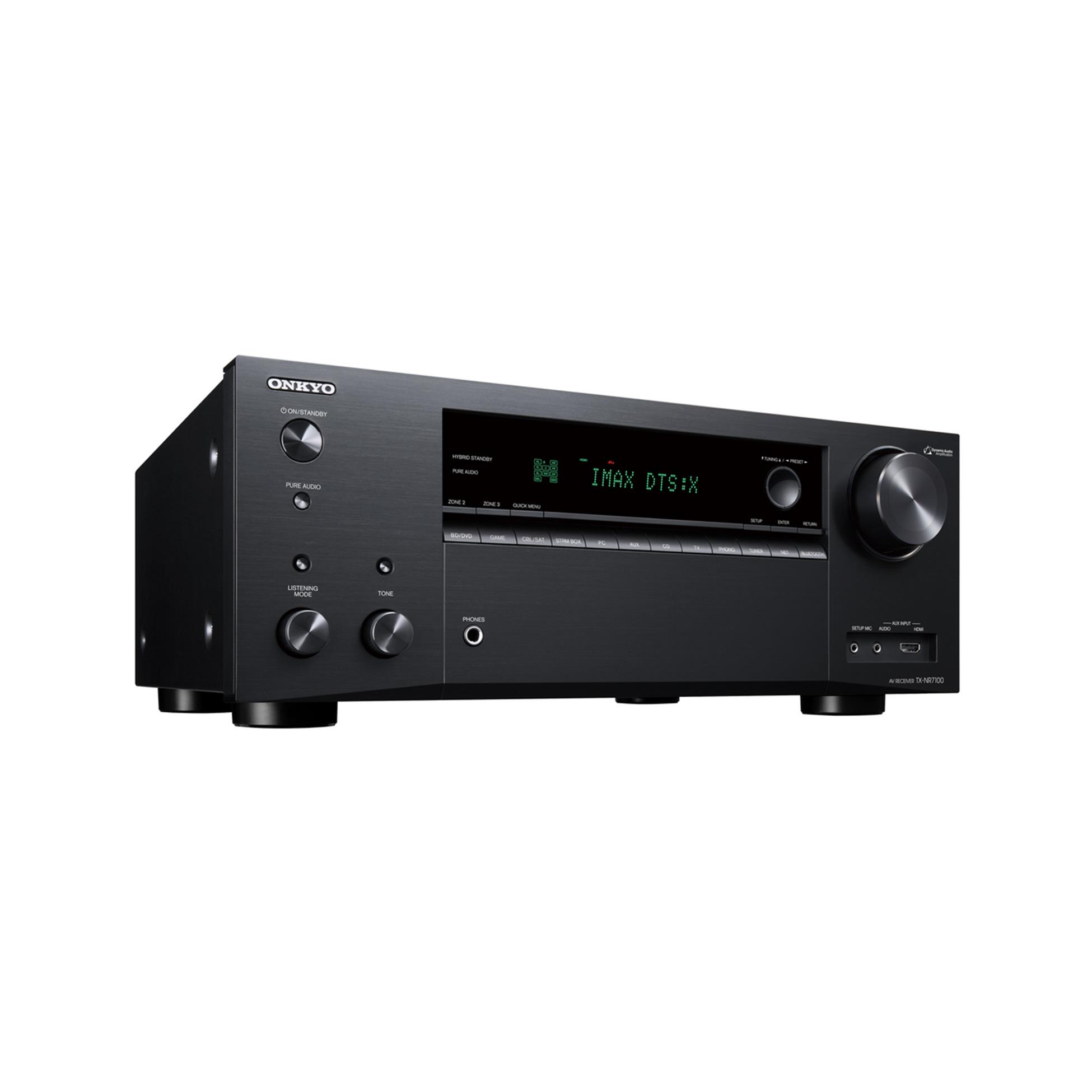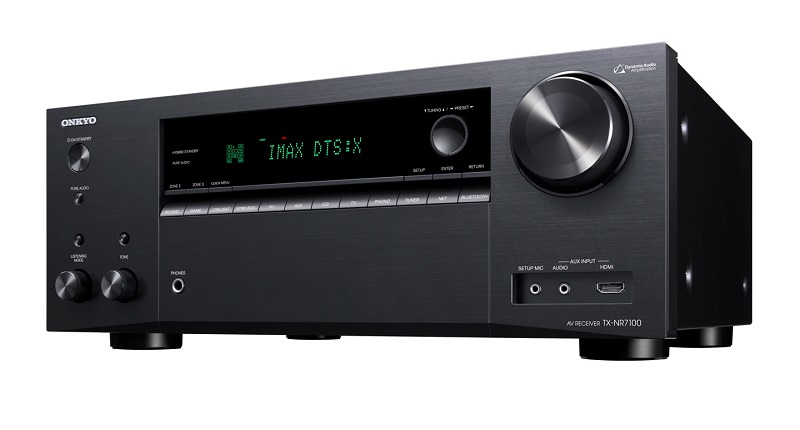With 2 channels driven, it appears to double its rating at 8ohm - this is typically a good indication of current capabilities, and how it handles lower impedances - still these do still leave us guessing as to response at 2ohm.
That's might be total BS, please don't fall for that too easily without seeing more collaborating/supporting facts and data! I have not seen evidence to support such a claim. Good thing you did add the word "appears", otherwise, no offense, you could have helped contribute to more untrue, or at least misleading internet hearsay. Very few expensive power amps can truly double down output into 4 ohms, let alone AVRs, unless on pick and choose the different test conditions, or the readers misinterpreted the results so the set of numbers were not apples to apples comparisons. That happens all the time because there are more readers who don't have enough knowledge to interpret such results properly for apples to apples comparison purposes, than those who do.
Next time when you compared such results take a good look at the test conditions, and do NOT compare bench test measurements using 1 kHz sweep (that's very short duration) outputs at 1% THD to the output specified by the manufacturer that is based on 20-20000 Hz at much lower THD such as 0.05% THD and are full longer duration such as the following from FTC rule Pt 432.3:
Rated power shall be obtainable at all frequencies within the rated power band without exceeding the rated maximum percentage of total harmonic distortion after input signals at said frequencies have been continuously applied at full rated power for not less than five (5) minutes at the amplifier's auxiliary input, or if not provided, at the phono input.
Do you believe audiovision.de's numbers were based on the above test conditions? I would say that could be the case in dreams only. I know you are an Onkyo fan, me too even though I have not owned one yet, but as ASR members we naturally should trust, and even defends science lol..
But what little information we do have, seems to be trending in the right direction.
True, but it is mainly because people couldn't interpret the information, such as specs and measurements properly based on such "little information" and often enough, people's limited technical knowledge. The internet is full or such untrue, half true information, sad, but is the reality.
Edit: For clarity about my point, I guess I should add an example (just one example) of how one might have gotten the wrong impression of their favorite amp's output could almost "double down" by comparing manufacturer's specs to measured results. The two are, unfortunately based on different test conditions as shown below:
Pioneer LX-805:
POWER OUTPUT 150W x 11 (
8 ohms, 20 Hz-20kHz, 0.08% THD, 2-ch driven, FTC)
As measured by Audiovision.de, according to your quoted number:
267 Watt / 4 Ohm / 1 kHz Sinus
One may say okay, 267/150 = 1.78, that's almost 2, so it nearly double down!!
Now if one looks at the devil in the details, the specified 150 W was based on full audio bandwidth and at 0.08%, and is based on FTC rule, whereas the 267 W measured by Audiovision.de was based on 1 kHz (most likely a quick sweep that only last seconds..) and was at 1% THD, that means it would have well passed the knee point, and that means it was well into clipping.
I asked Amir not long ato about his sweep test's duration, see post#149:
Wow! Really great performance and value. Want one but to lazy to pull the 90lb Rotel out of the rack.:(

www.audiosciencereview.com
So no, that's not really a real double down scenario, not even close.



